Taking the city of Carentan was General Maxwell Taylor’s last major objective in the Normandy Campaign, and his most important.
The 43-year-old career officer from Missouri commanded the 101st “Screaming Eagles” Airborne Division. Taylor and his more than 6,000 paratroopers landed on French soil beginning in the early morning hours of June 6, 1944—D-Day—after jumping from C-47 transports. Another 6,000 paratroopers under command of General Matthew Ridgway’s 82nd Airborne Division jumped into Normandy slightly after the 101st. Glider missions supporting both divisions followed later that morning and evening.
Both airborne divisions spearheaded Operation Neptune, the assault phase of Overlord, with the task of blocking approaches to Utah Beach and capturing causeway exits off the beach to allow amphibious landings by 4th US Infantry Division.
Many of the Screaming Eagles, including Taylor, landed far from their drop zones and were scattered onto cow pastures, orchards, and rivers. Slowly that day they managed to regroup and conquer their initial objectives. Now the prize of capturing Carentan awaited them.
Taylor’s forces needed to take the town in order to consolidate the beachheads at Omaha and Utah. Although only a small city of 4,100 civilians, Carentan was larger than any other community in the lower Cotentin Peninsula. Straddling the main highway from Cherbourg to Caen and Saint-Lô, the double-tracked railroad from Paris to Cherbourg cut through the center of town, making it strategically important for German communications.
Reuters war correspondent Bob Reuben remembered how seriously the 101st Airborne anticipated the battle for Carentan. In the marshaling area back in England before D-Day, Taylor’s staff officers stressed that the town “was the channel through which Germany could pour its hordes upon our landing forces while they struggled through the water and sought a shaky foothold on the landing beaches.”
Carentan’s lifeblood was dairy farming. On the outskirts of town, cows grazed on the lush greenery, their milk processed at the Carnation Evaporated Milk dairy on the site of an old creamery.
The only sound approach to Carentan was down the slope from the village of Saint-Côme-du-Mont, three miles away, and along an exposed causeway supporting the main road. Carentan was mostly defended by two battalions of the German 6th Parachute Regiment.
After two days of ferocious fighting along the causeway, Taylor’s men were in position to launch an attack against Carentan in the early morning hours of June 10 from two directions. The 502nd Parachute Infantry Regiment advanced from the south along the Cherbourg Road, while the 327th Glider Infantry Regiment crossed the Taute River to strike from the northeast. At 1:45 a.m., a brief artillery and mortar bombardment preceded the advance of the 1st Battalion, 327th Glider Infantry Regiment, across the Taute.
At 6:00 p.m., German bombers struck one American company of the 502nd, killing and wounding scores of Taylor’s men. The regiment’s 3rd Battalion, led by Lieutenant Colonel Robert Cole, suffered so many casualties that the Americans later called the contested ground Purple Heart Lane.
By nightfall, two more glider battalions were across the Taute River. The next morning, the glider soldiers renewed their attack southwestward but were stopped cold on the northern outskirts of Carentan.
Early the next morning, June 11, a battalion of the 502nd renewed its attack under cover of a smokescreen. Reinforced by another of the regiment’s battalions, hand-to-hand fighting ensued for almost six hours.
Because the casualties began piling up, Taylor had his officers in the field negotiate a truce at noon to collect the dead and wounded. Taylor exploited the opportunity to send a message to the German commander, Major Friedrich von der Heydte, to offer him a chance to surrender. Strict orders from Hitler to hold Carentan at all costs meant that Heydte couldn’t even consider Taylor’s offer.
Right after the truce expired, the Germans repeatedly counterattacked until 10:30 p.m., forcing all three battalions of the 502nd Parachute Infantry Regiment to withdraw under cover of artillery and mortar fire. By late afternoon on the next day, June 12, the Germans had run out of ammunition, so Heydte ordered his troops to abandon Carentan under the cover of darkness and under fire.
Around midnight, as the Germans began pulling out of Carentan, 101st Airborne artillery commander Brigadier General Anthony C. McAuliffe’s men pelted the enemy with big guns. Supported by air strikes, six hours later McAuliffe’s firepower had cleared the town of Germans. Snipers continued firing, but the jubilant French citizens came out of hiding to greet the American liberators. The French skillfully uncorked the bottles of wine that hadn’t fallen into enemy hands.
Jubilation was short-lived. Two days later, the German 17th SS Panzergrenadier Division mounted a heavy assault to strike the 101st by way of the Carentan-Baupte-Périers road. The Americans were overrun by German infantry armed with self-propelled guns, but Colonel Robert Sink’s 506th Parachute Infantry Regiment managed to hold on until relief came from tanks, half-trucks, and heavy guns manned by an element of the 2nd Armored Division. After five days of almost continuous combat, on June 14, the 101st drove off the final German counterattack: Carentan and the link between Omaha and Utah were now secure.
The town looked every bit a war zone: German bodies, destroyed equipment, and rubble clogged the streets. The civilians who remained during the fighting were left with no water or electricity, and rotting garbage and decaying animals filled the air with a nauseous stench.
Taylor’s 101st remained in Carentan on occupation duty until the end of June, before moving back to England in early July to prepare for the next offensive—Operation Market Garden.
Before vacating Carentan, Private Harold Stedman, with Sink’s regiment, stepped out of the column and plucked some labels with the Carnation logo and placed them in his pack to give to his parents. Before the war, Stedman had worked at the Carnation plant in Massachusetts.
Meet the Author
Mitch Yockelson, PhD, is a military historian, archivist, professor and author of five books. This article is excerpted from his most recent book, The Paratrooper Generals: Matthew Ridgway and Maxwell Taylor and the American Airborne from D-Day to Normandy.
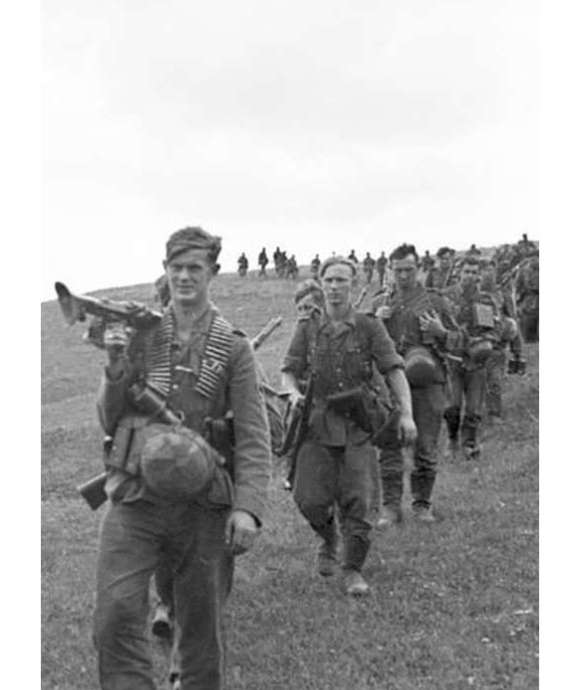
Forgotten Fight: Stronghold: Ternopol, March-April 1944
Once Hitler declared a place a "stronghold," his men had no choice but to fight to the death.
Cite this article:
MLA Citation:
APA Citation:
Chicago Style Citation:
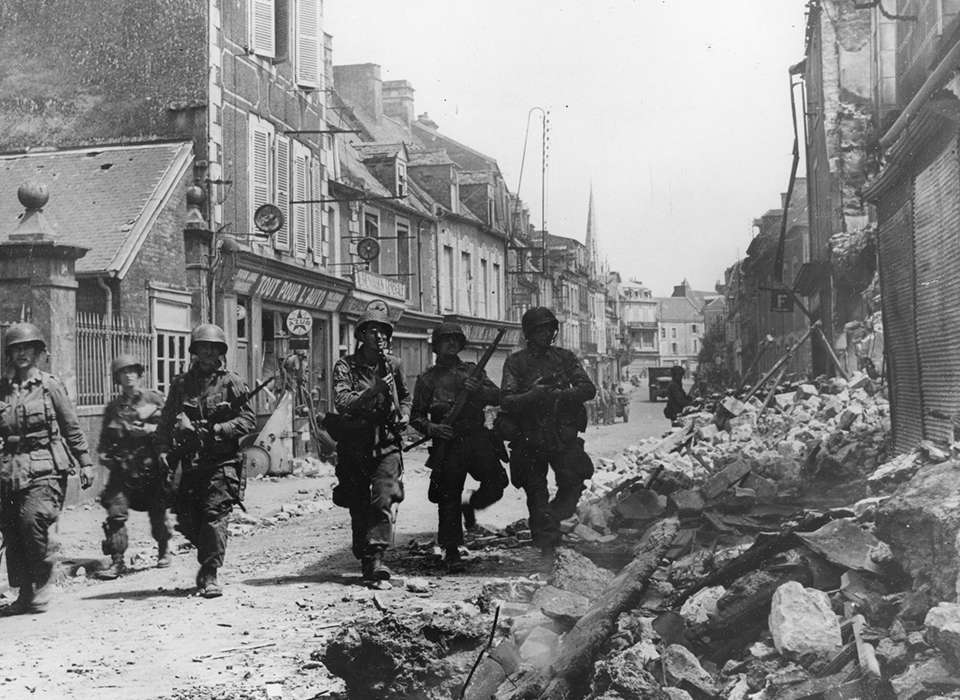
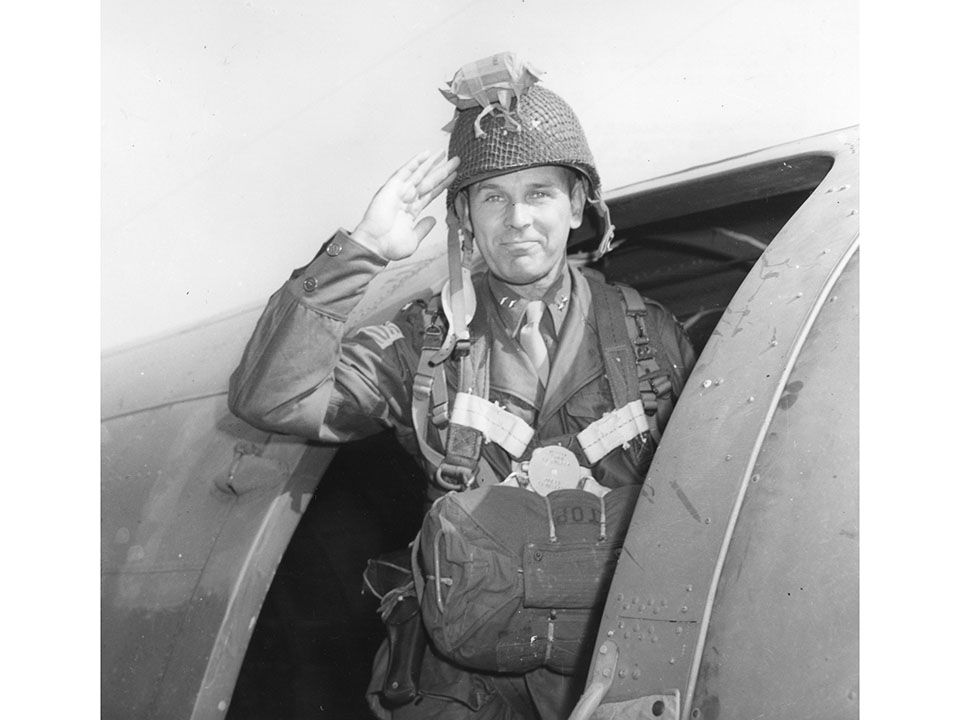
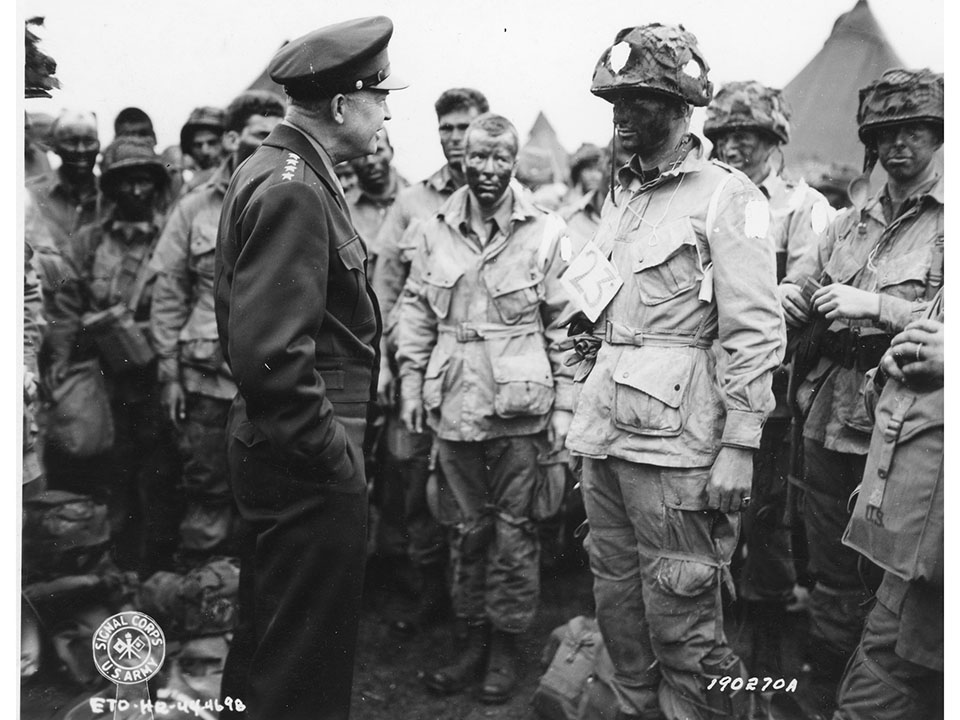
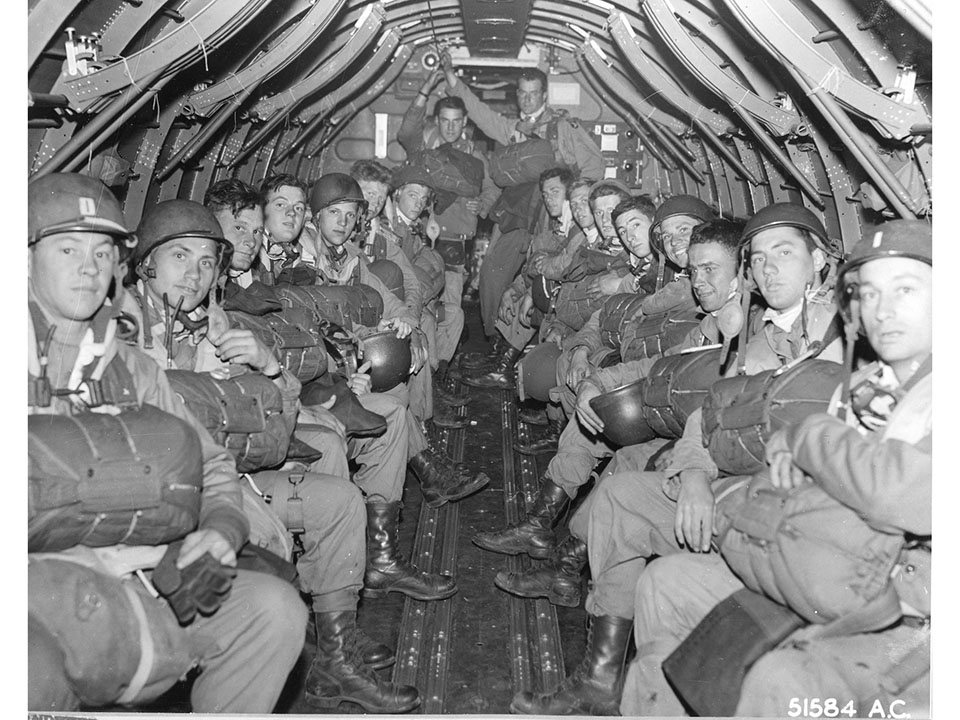
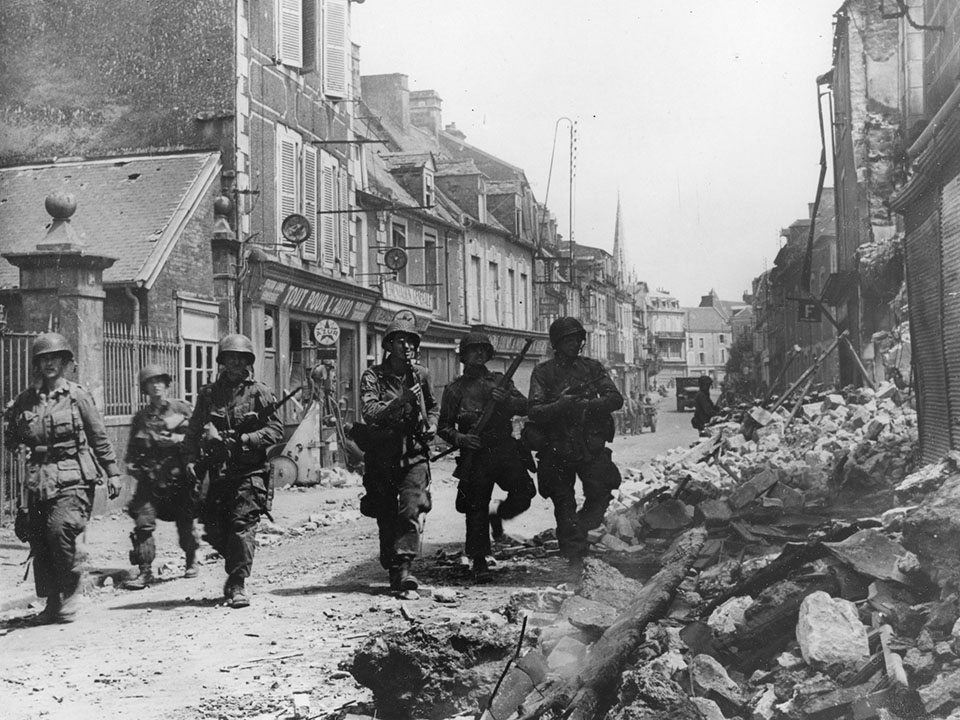
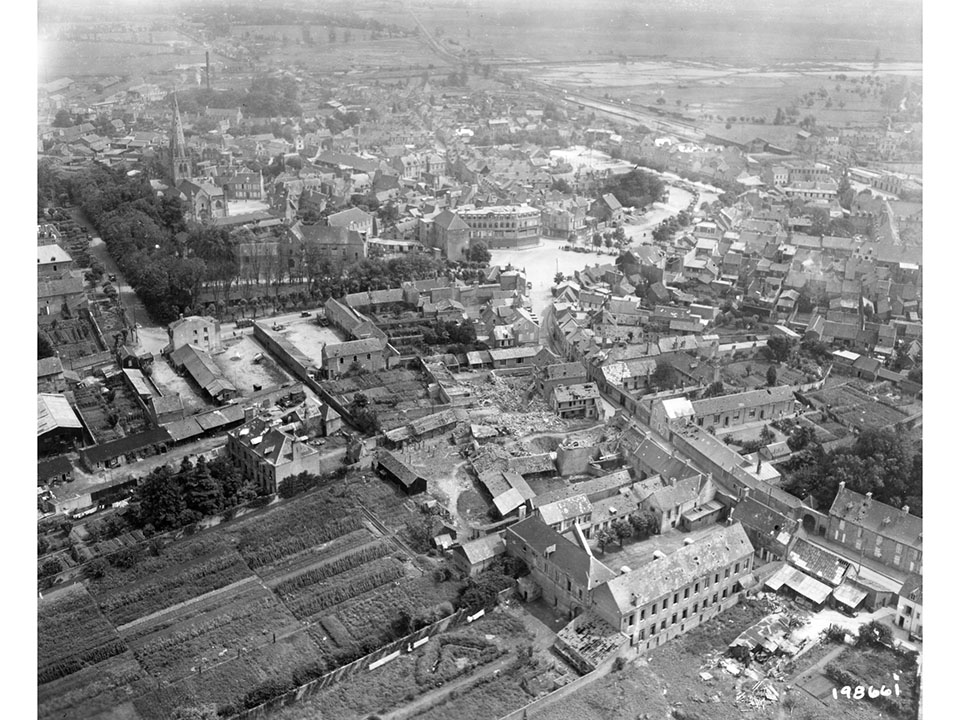

![Max Fuchs, New York City cantor, sings as Rabbi Sydney [sic] Lefkowitz, Richmond, VA, conducts the first Jewish services from Germany.](/sites/default/files/styles/max_650x650/public/2025-10/image1.jpg)






